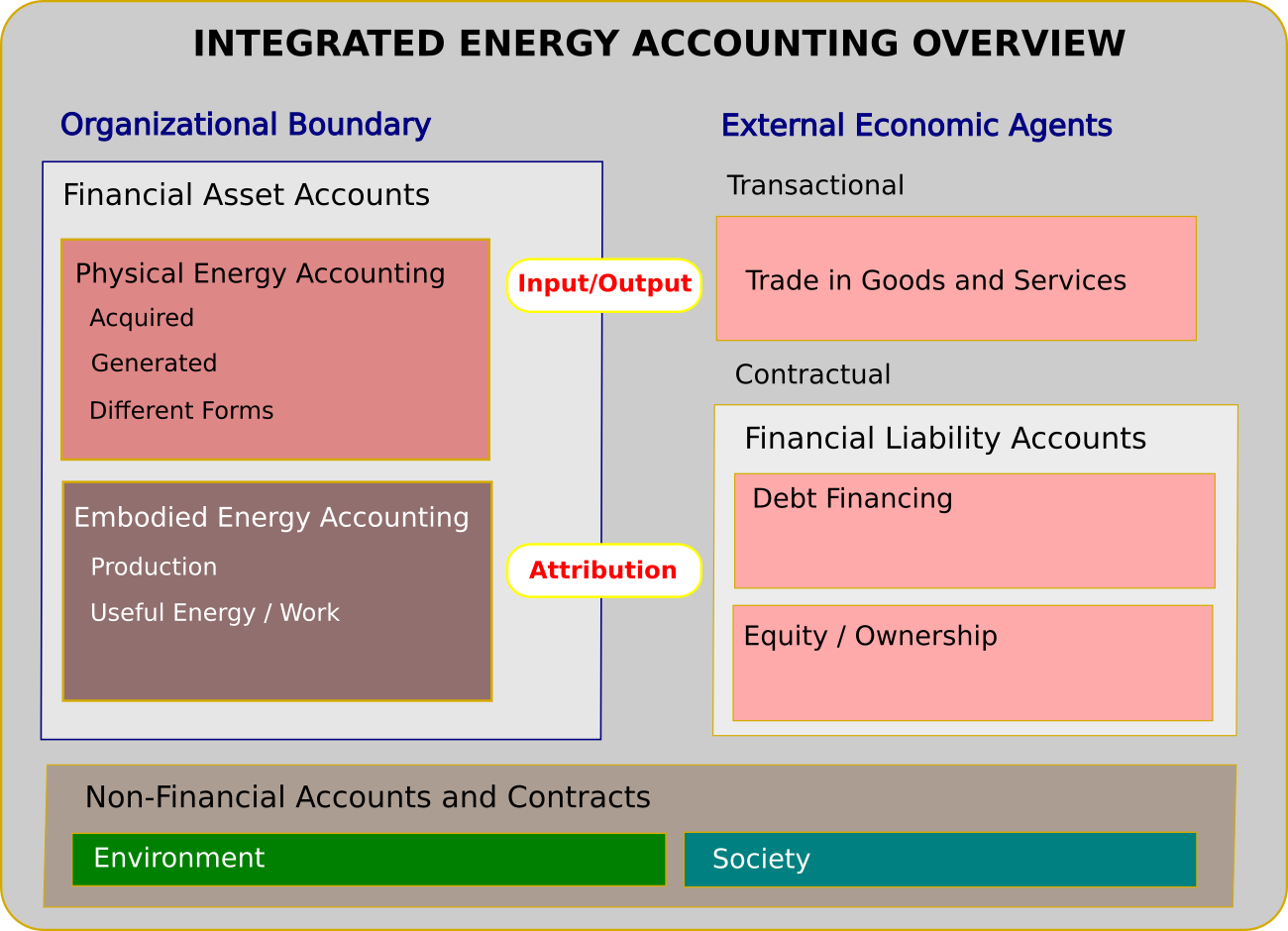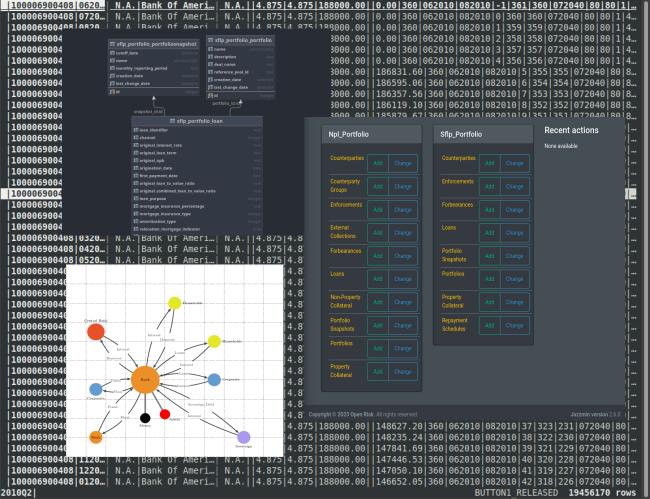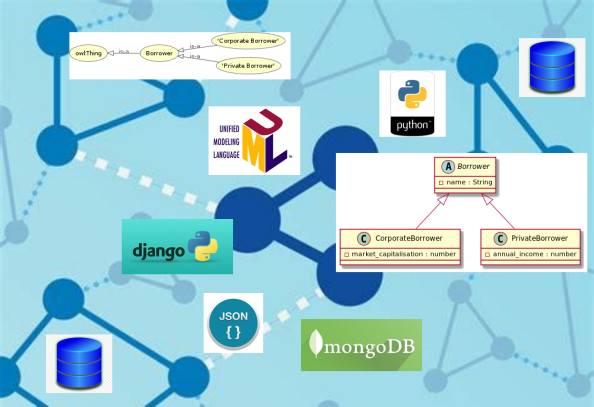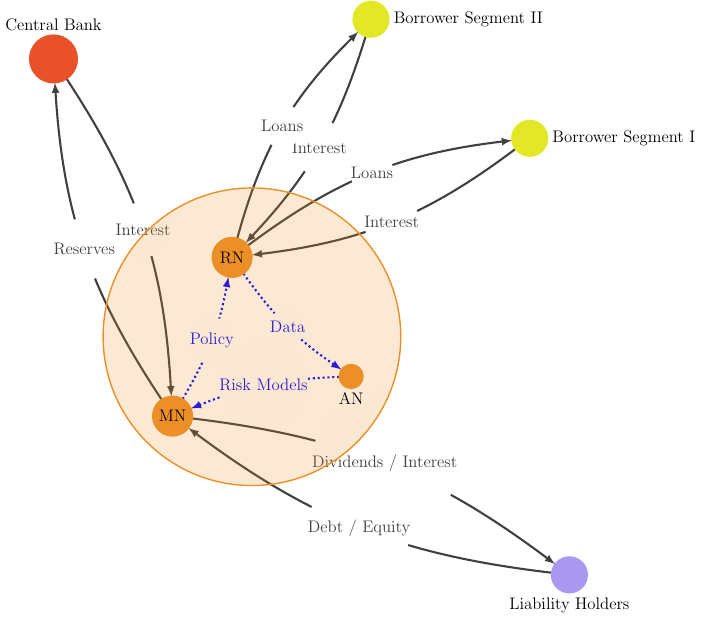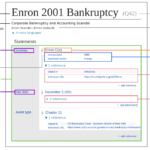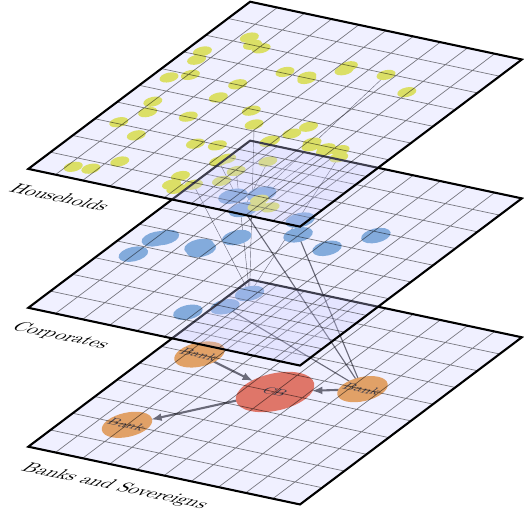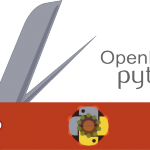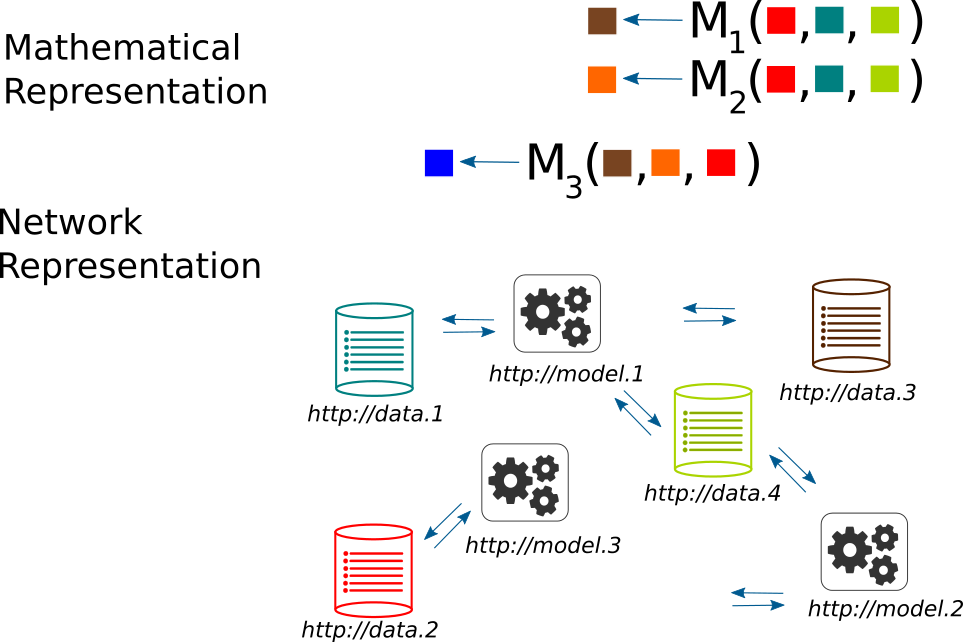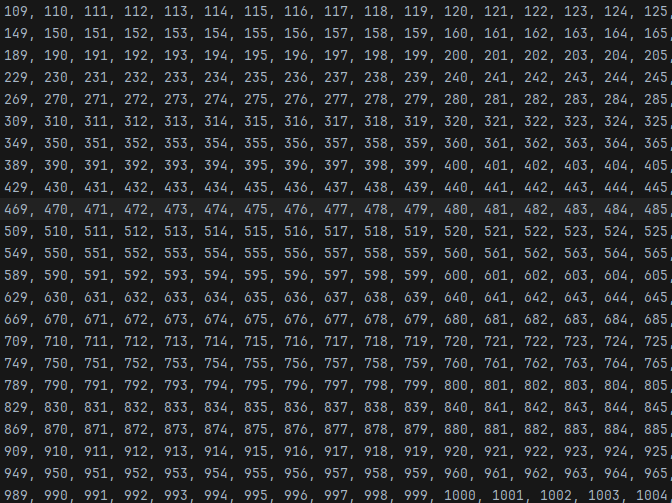
Representing Matrices as JSON Objects: Part 2 - Sparse Matrices
Representing a Sparse Matrix as a JSON object is a task that appears in many modern data science contexts. While there is no universally agreed way to achieve this task, in this post we discuss a number of options and the associated tradeoffs.
Recap of Part 1 of the Matrix-to-JSON Post Series
In the first installment of this series, Part 1 we discussed the motivation behind representing and serializing matrices as JSON objects. We defined relevant concepts and in particular the concept of unrolling the matrix into a one-dimensional array and the notion of Column and Row Major orders. We outlined some use cases of interest and initiated a benchmarking exercise that looks into various R and Python JSON serialization utilities (available at the matrix2json repository).

